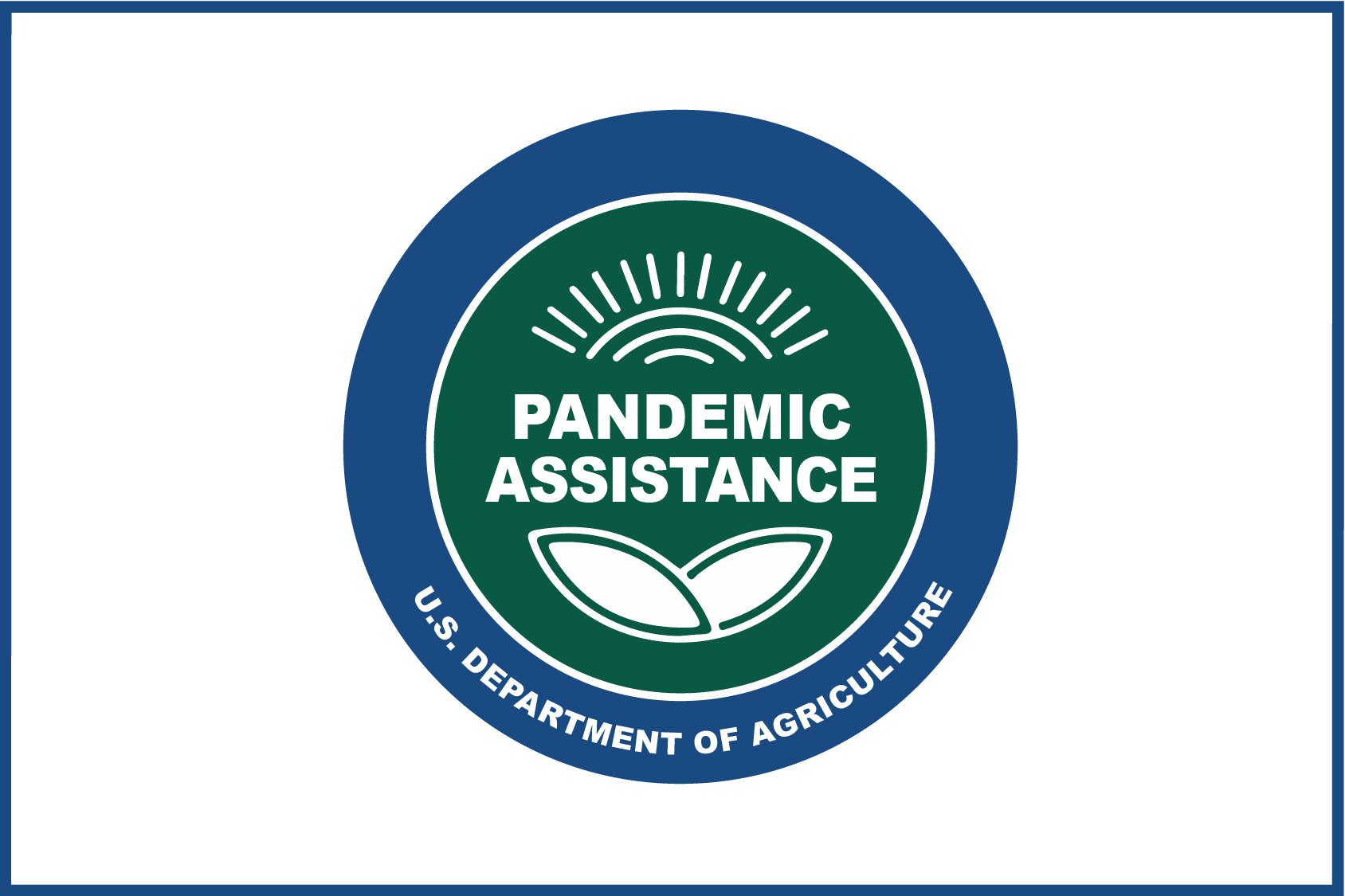Additional aid to farmers, ranchers and businesses as part of the U.S. Department of Agriculture’s (USDA) Pandemic Assistance for Producers initiative was announced today, June 15.
Earlier this year, U.S. Secretary of Agriculture Tom Vilsack announced plans to use available pandemic assistance funds to address a number of gaps and disparities in previous rounds of aid.
As part of the Pandemic Assistance initiative announced in March, USDA pledged to continue Coronavirus Food Assistance Program (CFAP) payments and to provide aid to producers and businesses left behind.
Implementation of the assistance announced today will continue within 60 days to include support to timber harvesters, biofuels, dairy farmers and processors, livestock farmers and contract growers of poultry, assistance for organic cost share and grants for PPE.
“USDA is honoring its commitment to get financial assistance to producers and critical agricultural businesses, especially those left out or underserved by previous COVID aid,” Vilsack said. “These investments through USDA Pandemic Assistance will help our food, agriculture and forestry sectors get back on track and plan for the future. Since January, USDA has provided more than $11 billion of assistance directly to producers and food and agriculture business.”
In March, USDA announced $6 billion in available funds through Pandemic Assistance to support a number of new programs or to modify existing efforts.
The following programming is planned for implementation within 60 days, which will continue to be focused on filling gaps in previous rounds of assistance and helping beginning, socially disadvantaged and small and medium sized producers that need support most:
- $200 million: Small, family-owned timber harvesting and hauling businesses
- $700 million: Biofuels producers
- Support for dairy farmers and processors:
- $400 million: The new Dairy Donation Program to address food insecurity and mitigate food waste and loss
- Additional pandemic payments targeted to dairy farmers that have demonstrated losses that have not been covered by previous pandemic assistance
- About $580 million: Supplemental Dairy Margin Coverage for small and medium farms
- Assistance for poultry and livestock producers left out of previous rounds of pandemic assistance:
- Contract poultry growers
- Livestock and poultry producers forced to euthanize animals during the pandemic (March 1, 2020 through December 26, 2020)
- $700 million: Pandemic Response and Safety Grants for PPE and other protective measures to help specialty crop growers, meat packers and processors, seafood industry workers, among others
- Up to $20 million: Additional organic cost share assistance, including for producers who are transitioning to organic
The funding associated with USDA Pandemic Assistance is meant to serve as a bridge from disruptions associated with the pandemic to longer-term investments to help build back a better food system.
USDA has already announced $5 billion in a mix of loans, grants and innovative financing to make meaningful investments to build a food system that is more resilient against shocks, delivers greater value to growers and workers and offers consumers an affordable selection of healthy food produced and sourced locally and regionally by farmers and processors from diverse backgrounds.
Since USDA rolled out the Pandemic Assistance initiative in March, the agency has announced about $6.8 billion in assistance to producers and agriculture entities through the following programs:
- $6.295 billion: Coronavirus Food Assistance Program (CFAP) payments to farmers, ranchers and producers (March 24)
- $35 million: Value Added Producer Grants (March 5)
- $169.9 million: Specialty Crop Block Grants (April 13)
- $75 million: Gus Schumacher Nutrition Incentive Program (April 13)
- $37.5 million: Beginning Farmer and Rancher Development Program (April 13)
- $80 million: Payments to Domestic Users of Cotton (April 13)
- $92.2 million: Local Agriculture Market Program (May 5)
- About $20 Million: Pandemic Cover Crop Program (June 1)

